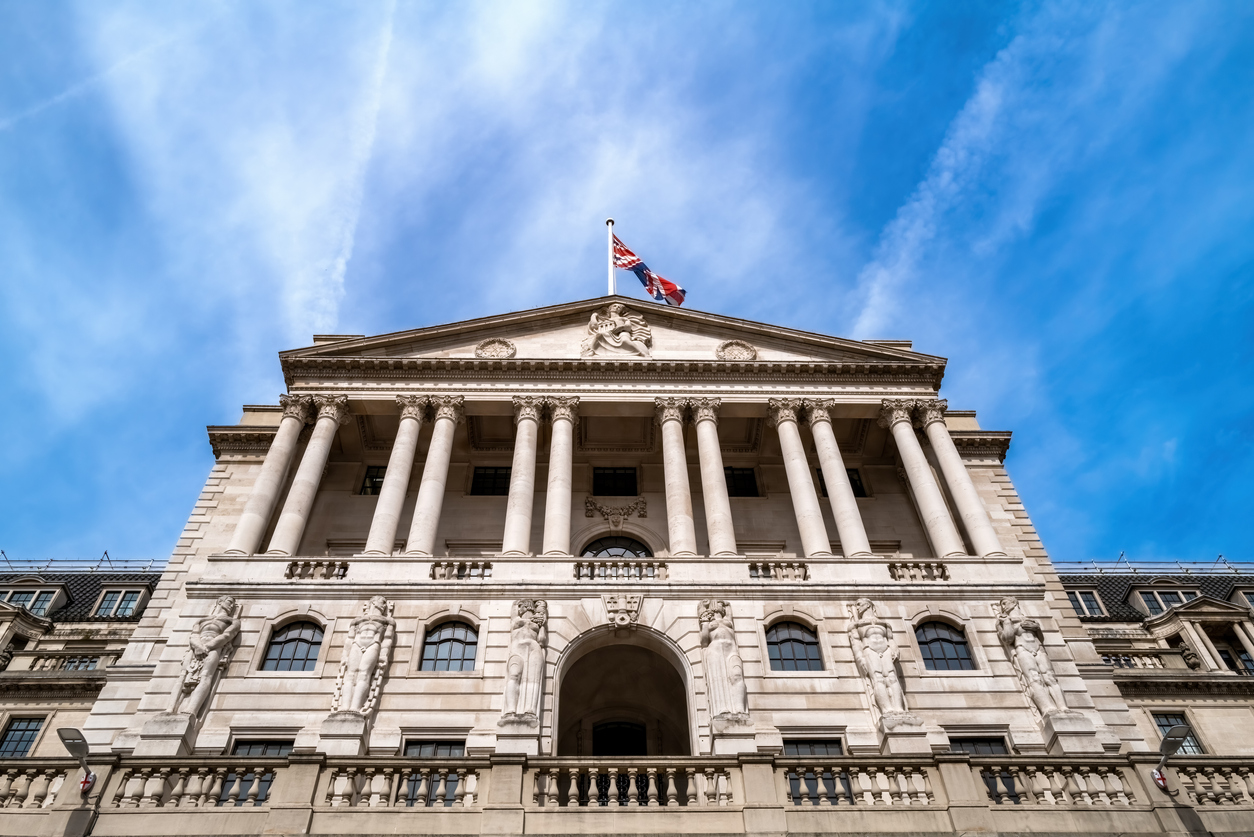Desperate to avoid discussing tariffs, if only for a week, we’ve turned our attention to Central Banks. This week we saw interest rate decisions from the US Federal Reserve (Fed) and the Bank of England (BoE).
The two decisions provided an interesting contrast. The Bank of England voted to cut its policy rate by 25 bps, while the Federal Reserve held rates unchanged. Both decisions were in line with market expectations. In their statements each Central Bank highlighted policy uncertainty.
Digging into the details, we see a further contrast in the voting by committee members in each country. In the US, central bankers were unanimous in voting to leave rates unchanged – perhaps particularly keen to show a united front given questions about US central bank independence.
In the UK, the voting showed a very different picture. Of the nine voting members, five voted in favour of a 0.25% cut. Two members voted in favour of a 0.5% cut, while another two preferred the policy rate to remain unchanged. We think this pattern highlights the challenges of stagflation for policy makers. In a world where growth is slowing but inflation could potentially rise, what is a central banker to do?
As for the contrast between the US and the UK rate decisions, there are a couple of points worth making. First, we think it’s partly a reflection of the stronger starting position. As we’ve noted before, the US economy remains in decent shape. Domestic demand growth was still pretty strong in the first quarter, even if it did slow from the previous three months. UK growth remains pretty muted.
Second, we probably shouldn’t overstate the differences between the two institutions. Even while it reduced rates, the Bank of England highlighted that “risks to inflation remain(ing) in both directions”.
Both central banks have been cutting rates over the past few months. We’d expect that to continue over the coming quarters, albeit at a slower pace. And each will be mindful of the significant uncertainties overshadowing monetary policy at the moment.
We think that we’ll see policy rates in both countries fall over the rest of the year, even with the macro uncertainty. Current expectations are for around three 0.25% cuts over the rest of the year in both countries. That seems reasonable to us, but a lot will depend on how much these economies slow and the impact on inflation from higher tariffs.
Given all these uncertainties, we are a bit cautious on duration, and we have a slight tilt towards shorter dated bonds within most of our portfolios, where you can still earn a decent yield.
*As with all investing, financial instruments involve inherent risks, including loss of capital, market fluctuations and liquidity risk. Past performance is no guarantee of future results. It is important to consider your risk tolerance and investment objectives before proceeding.

